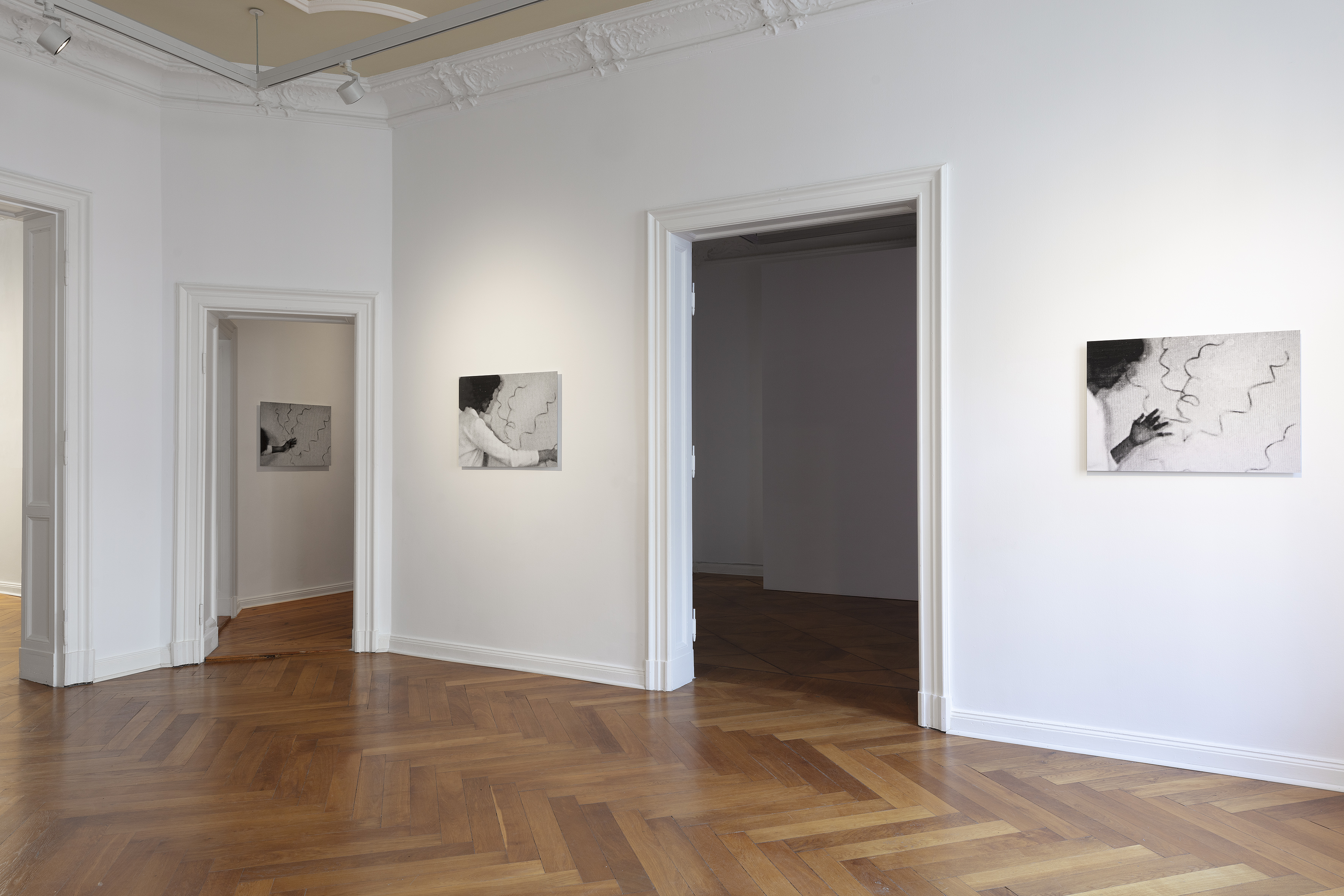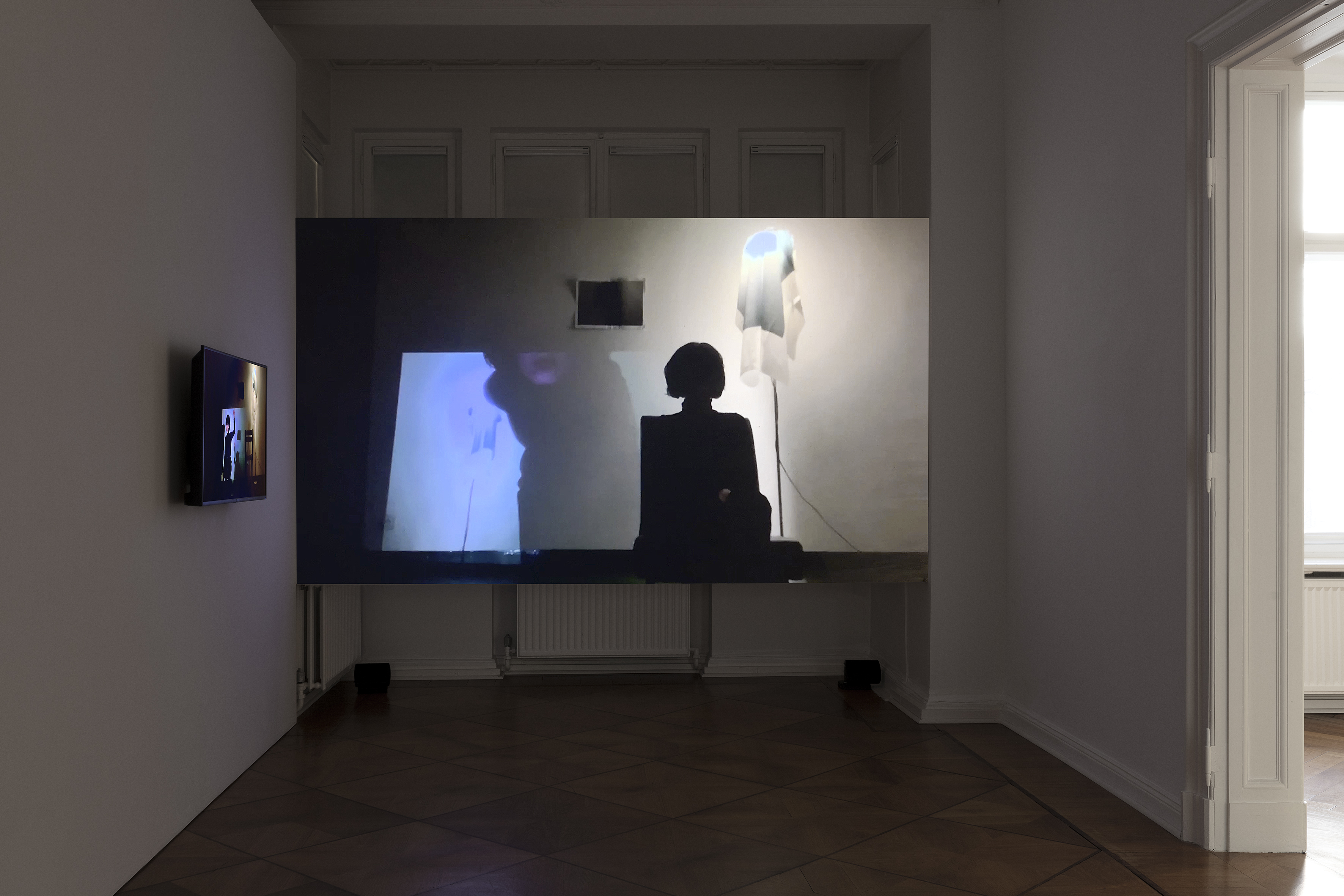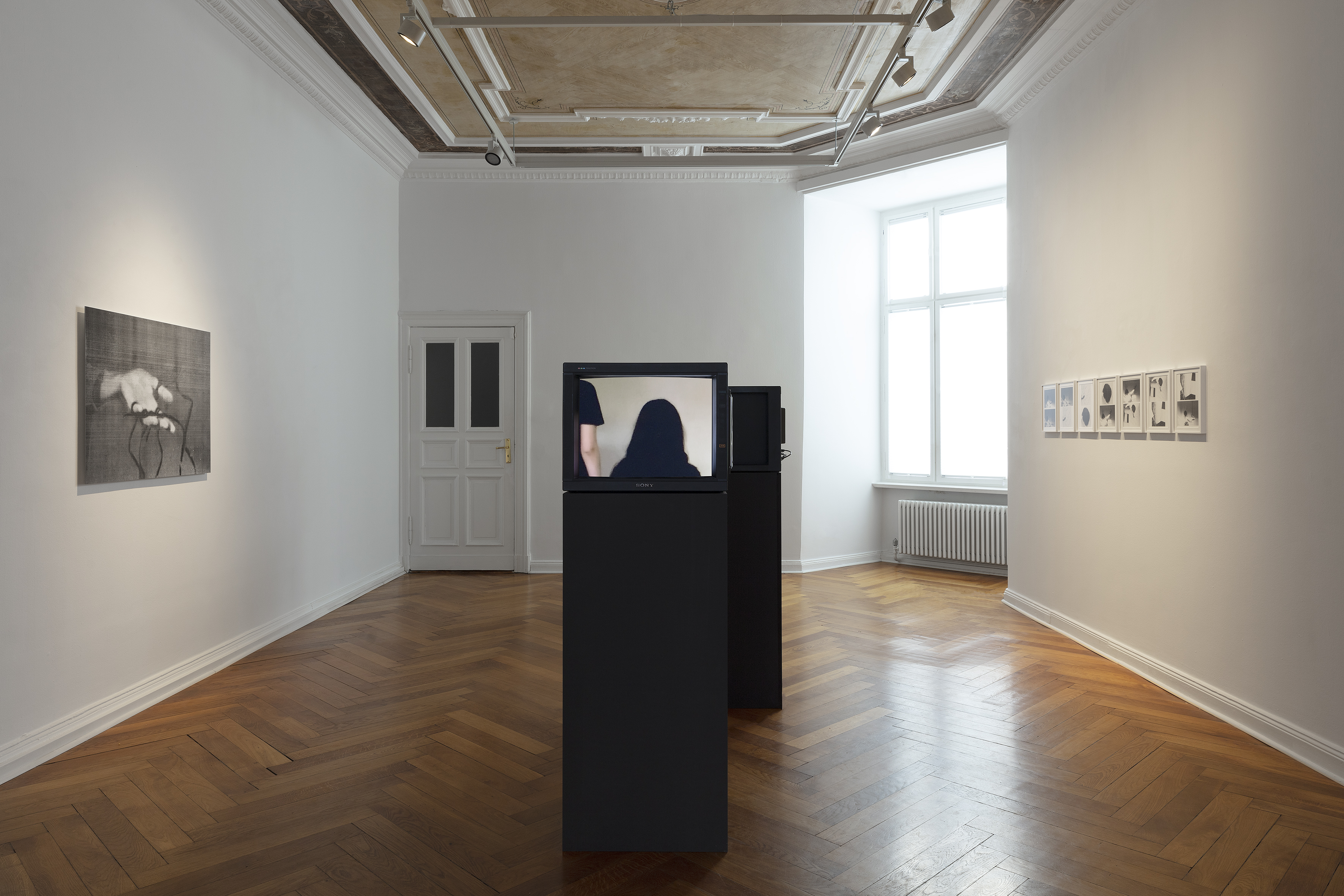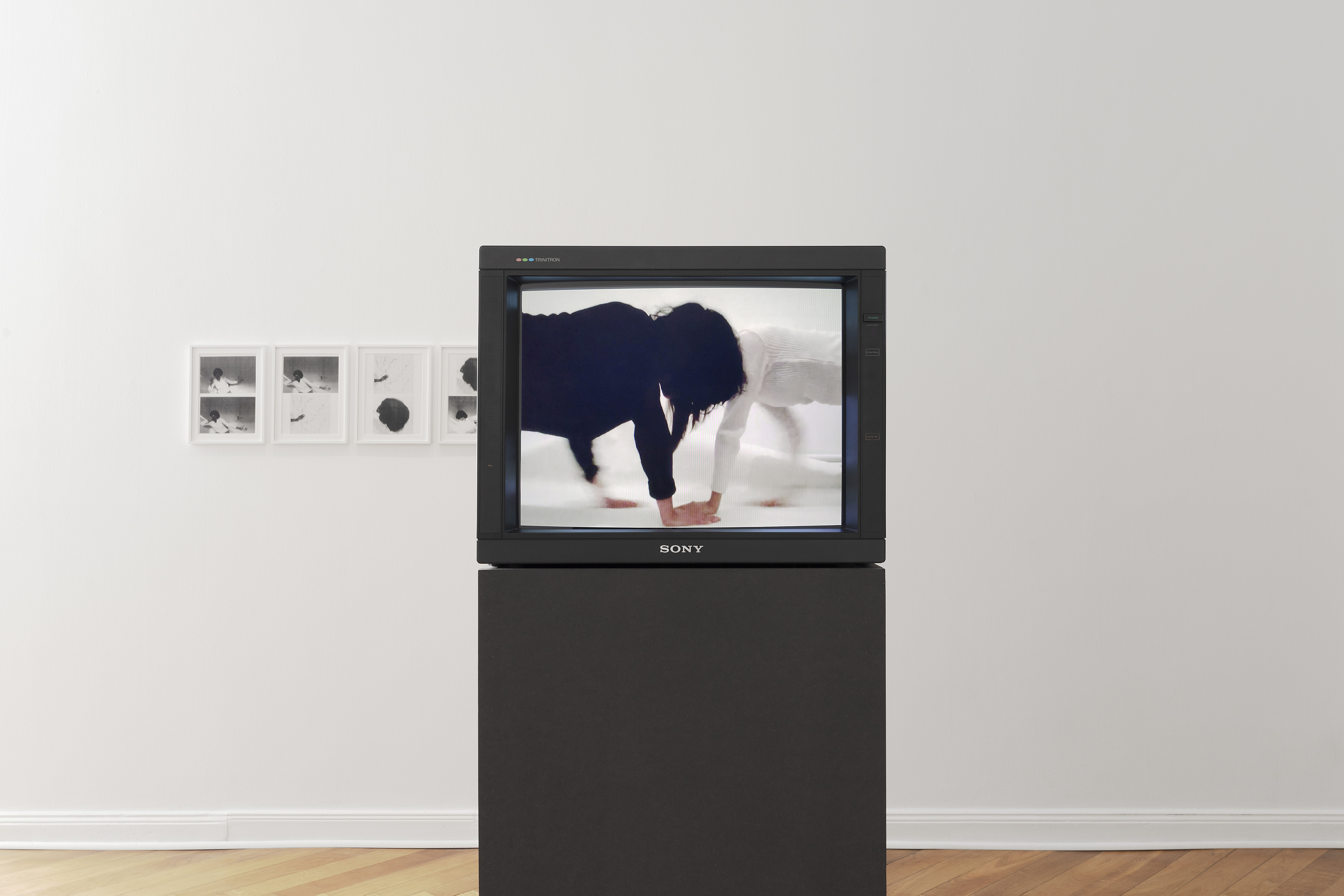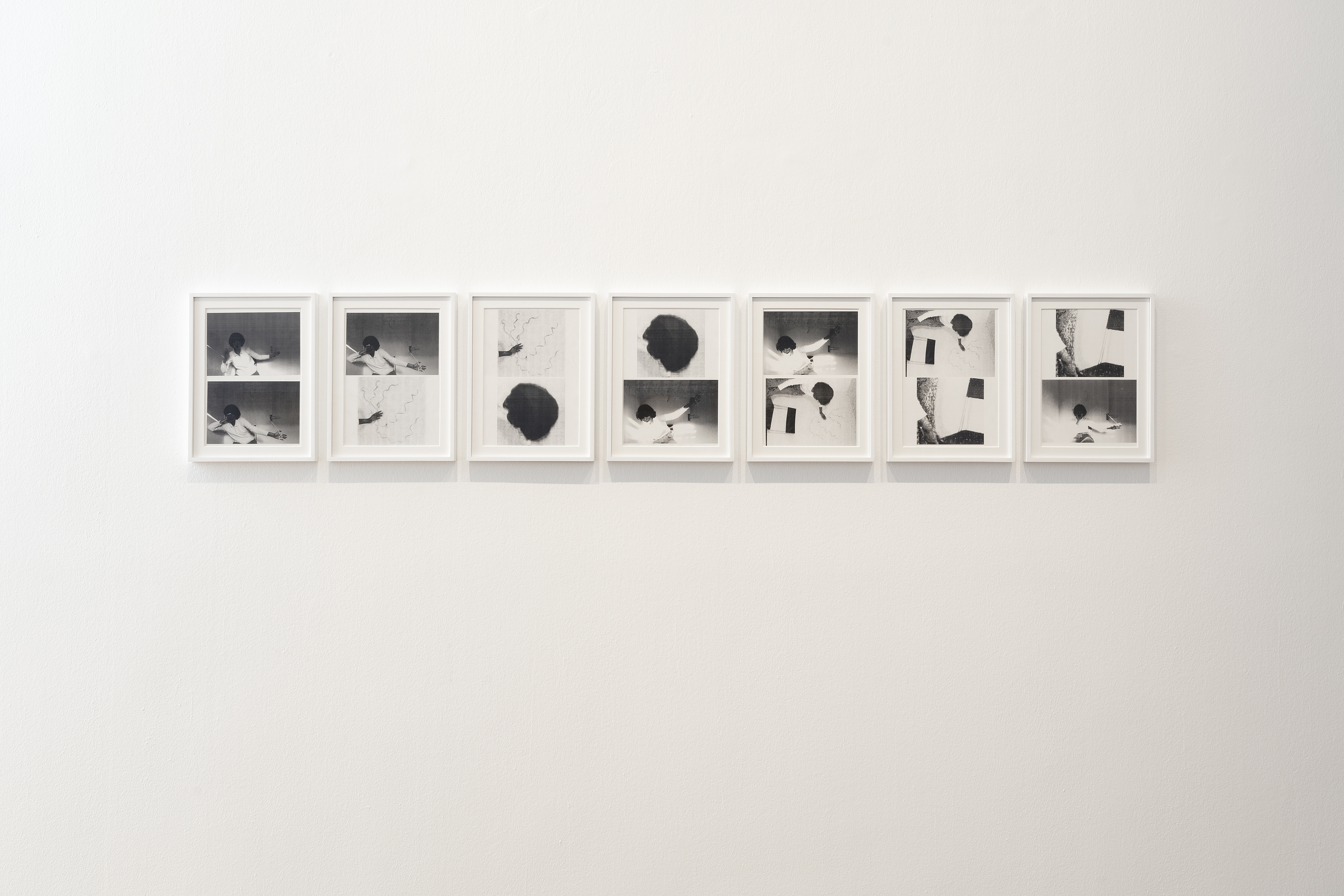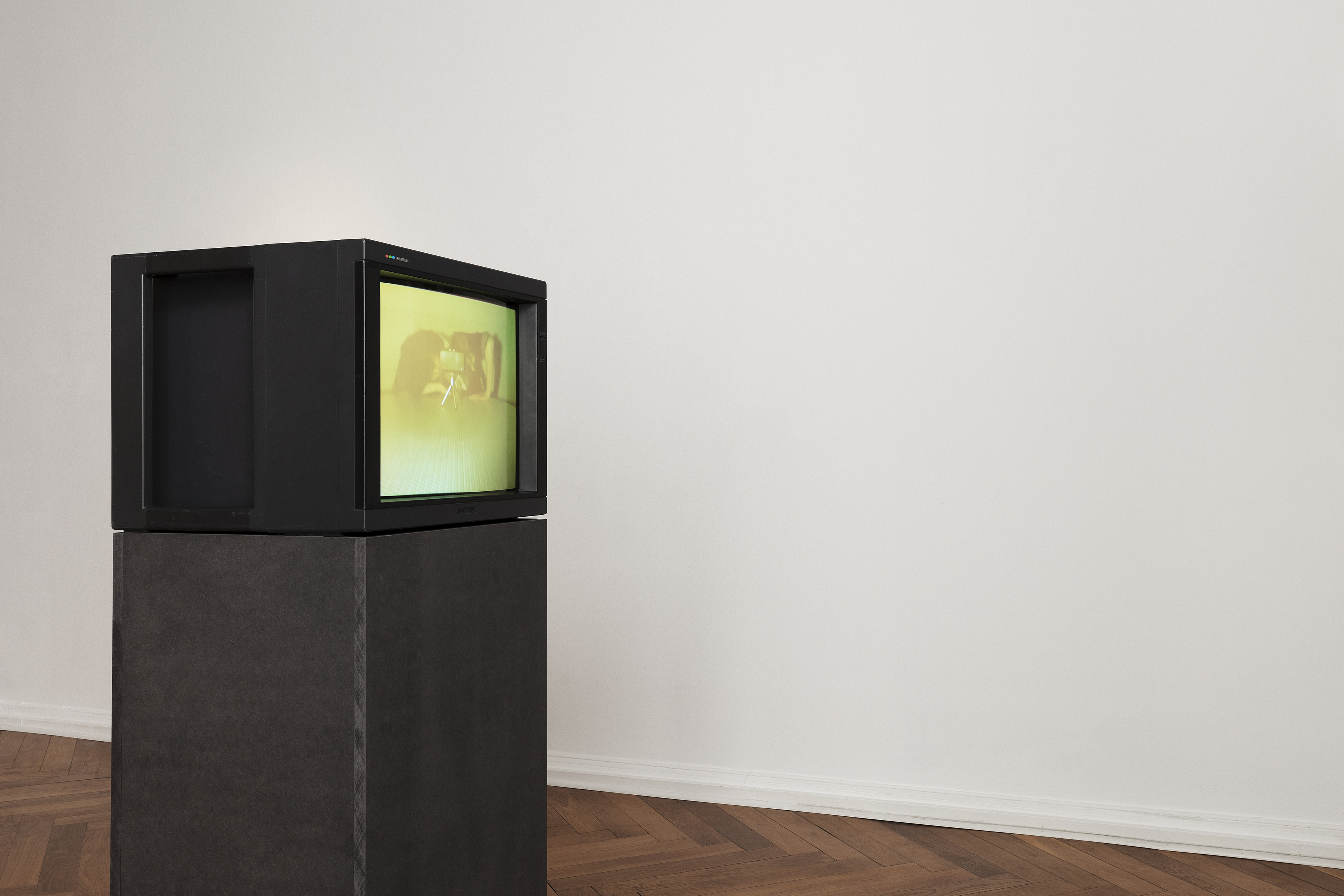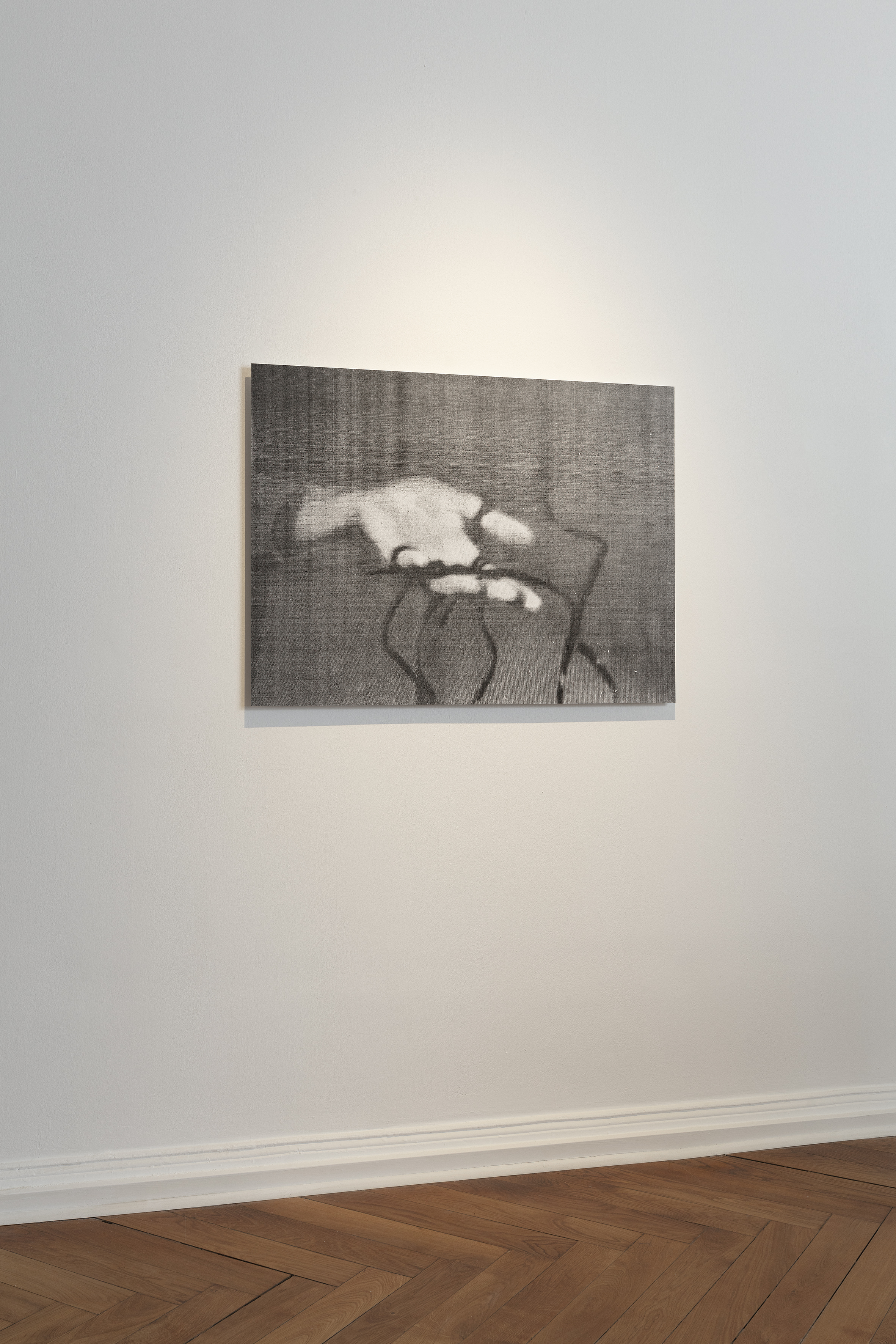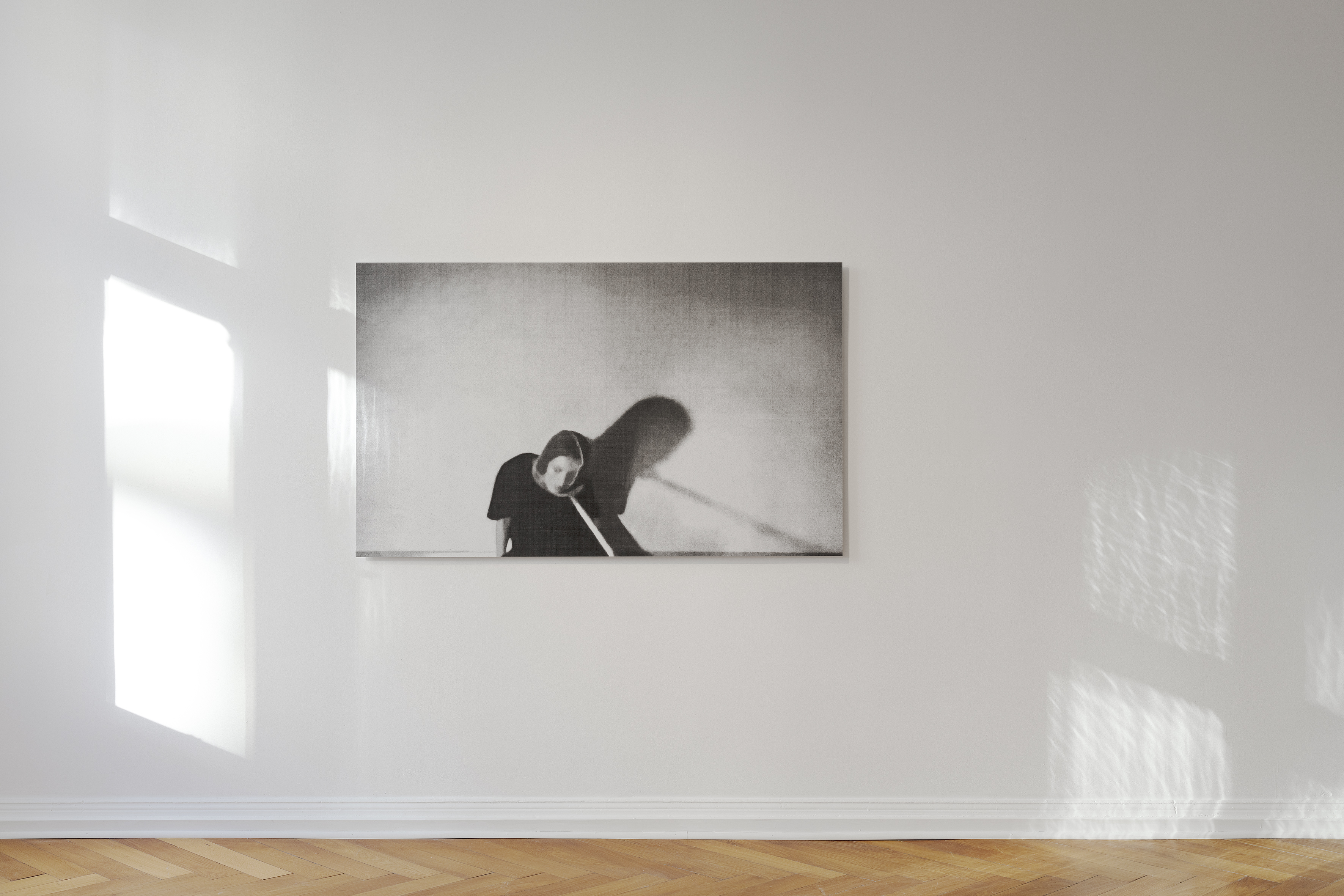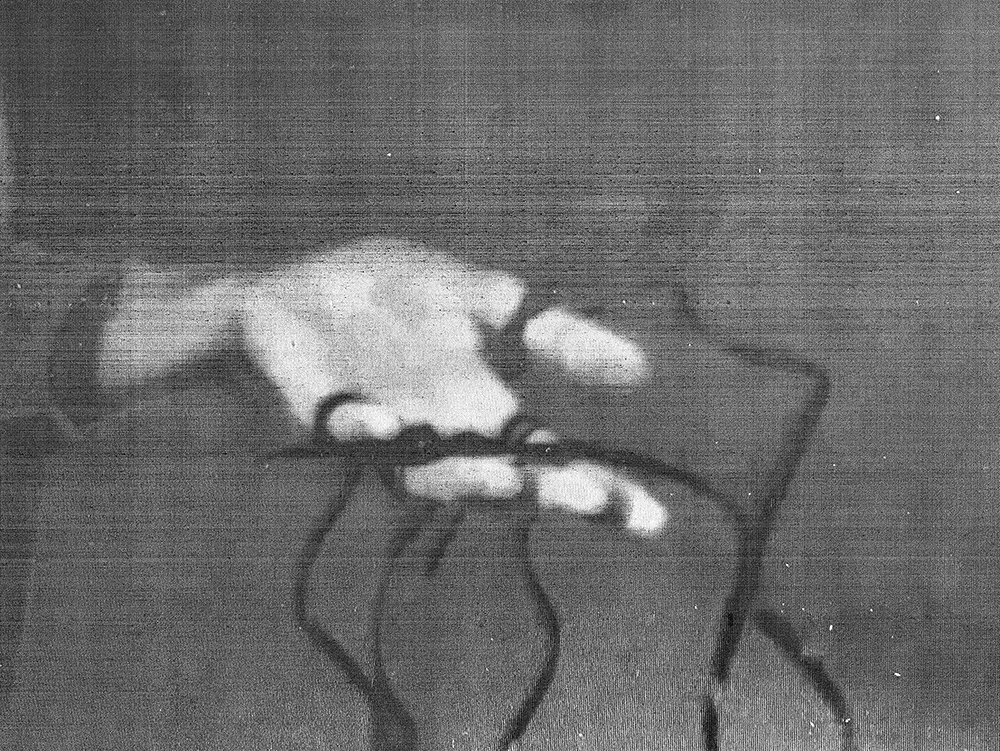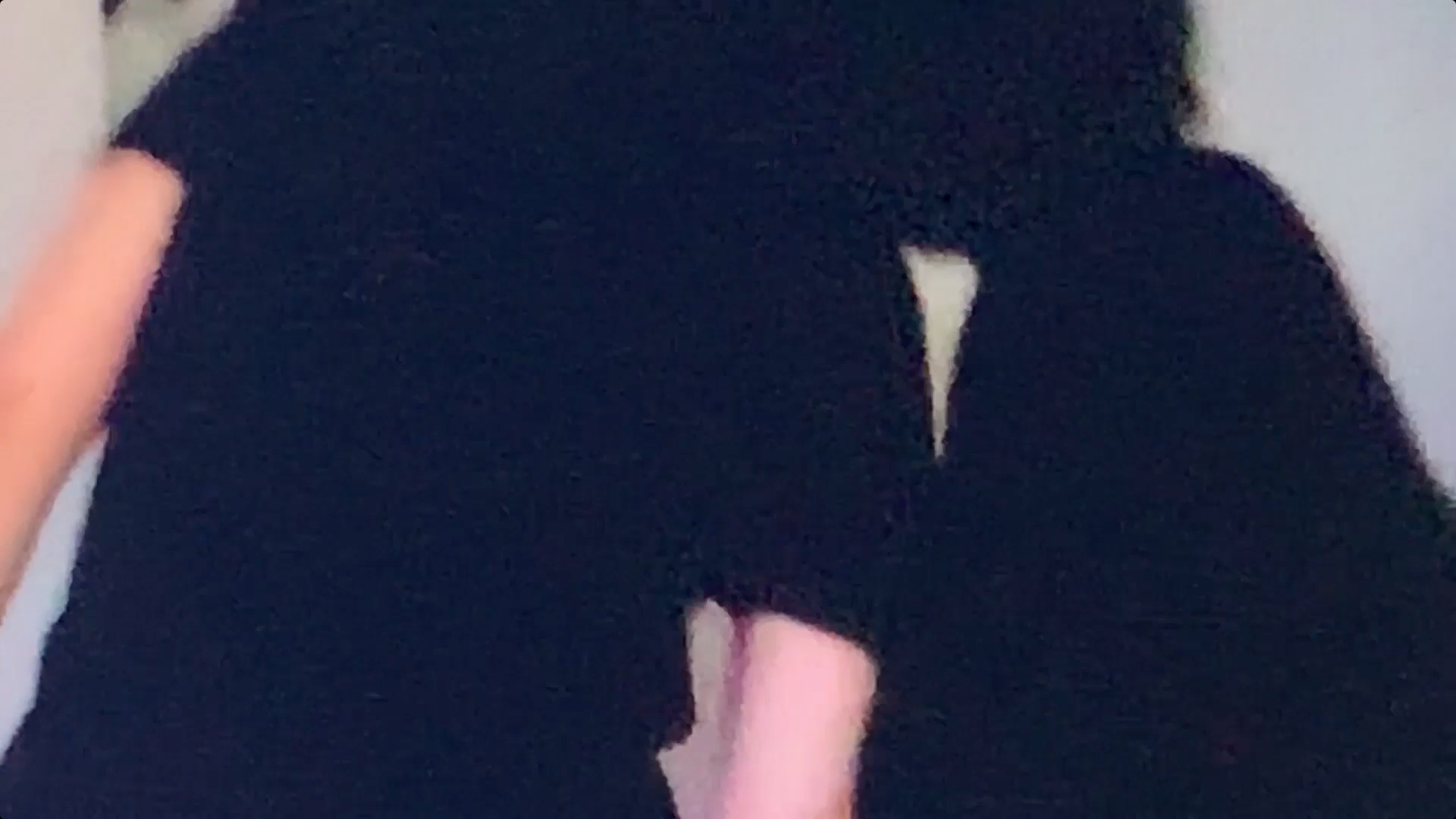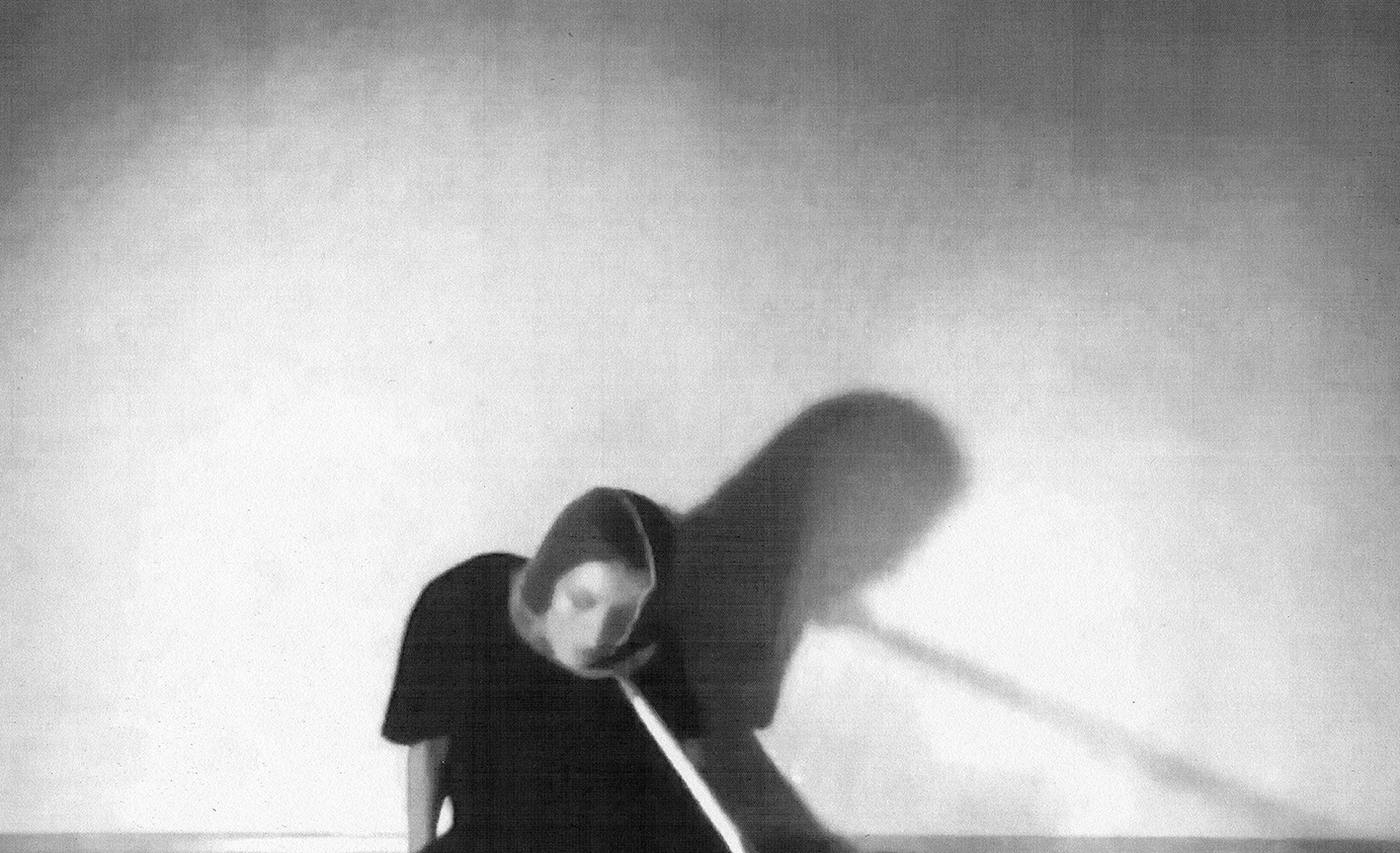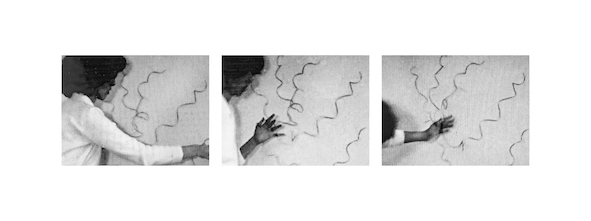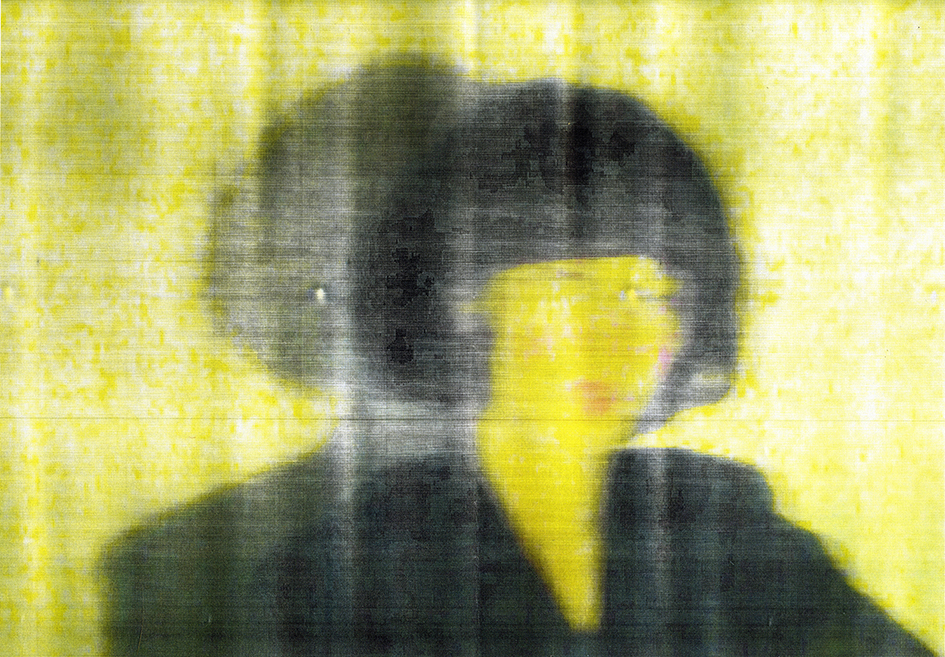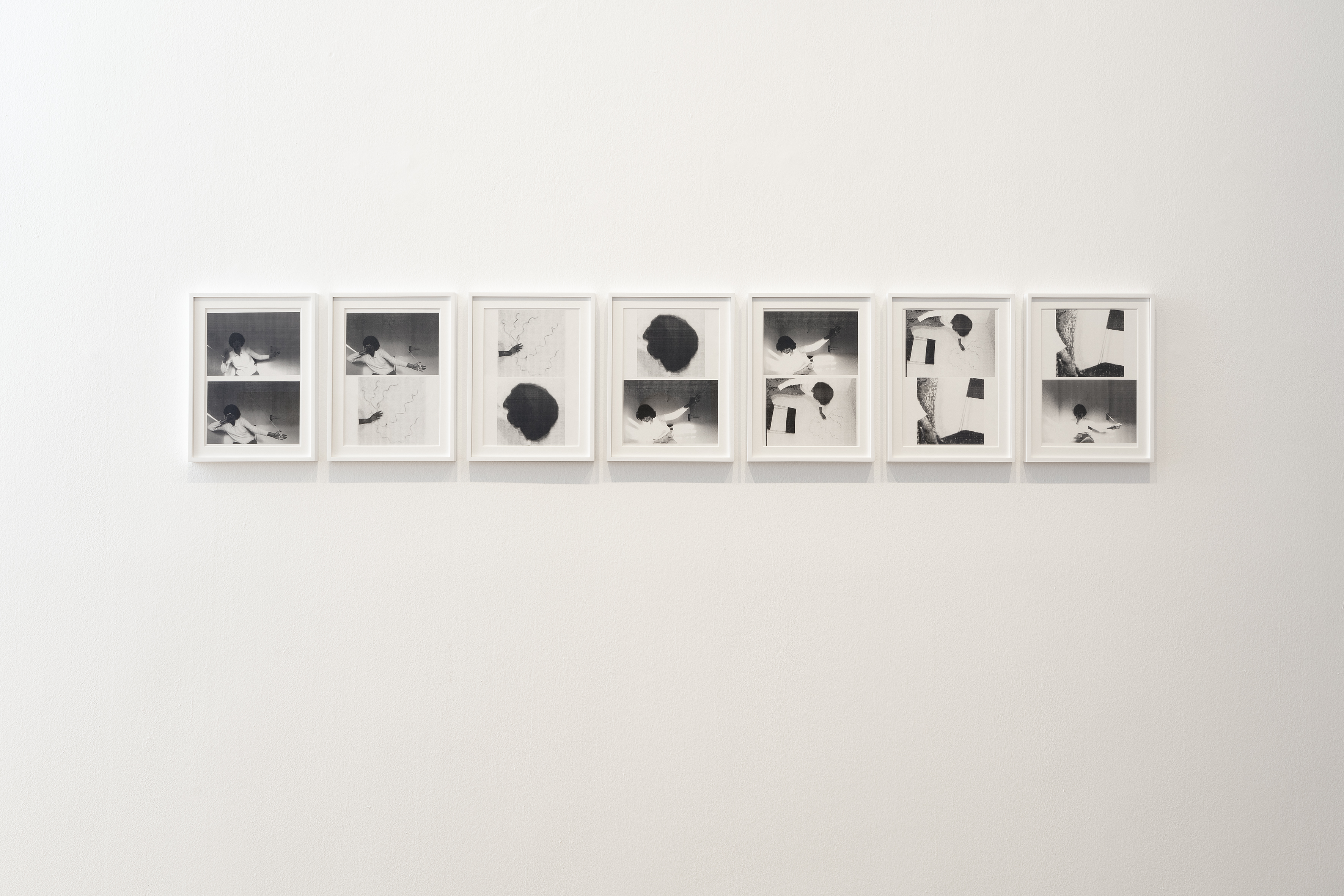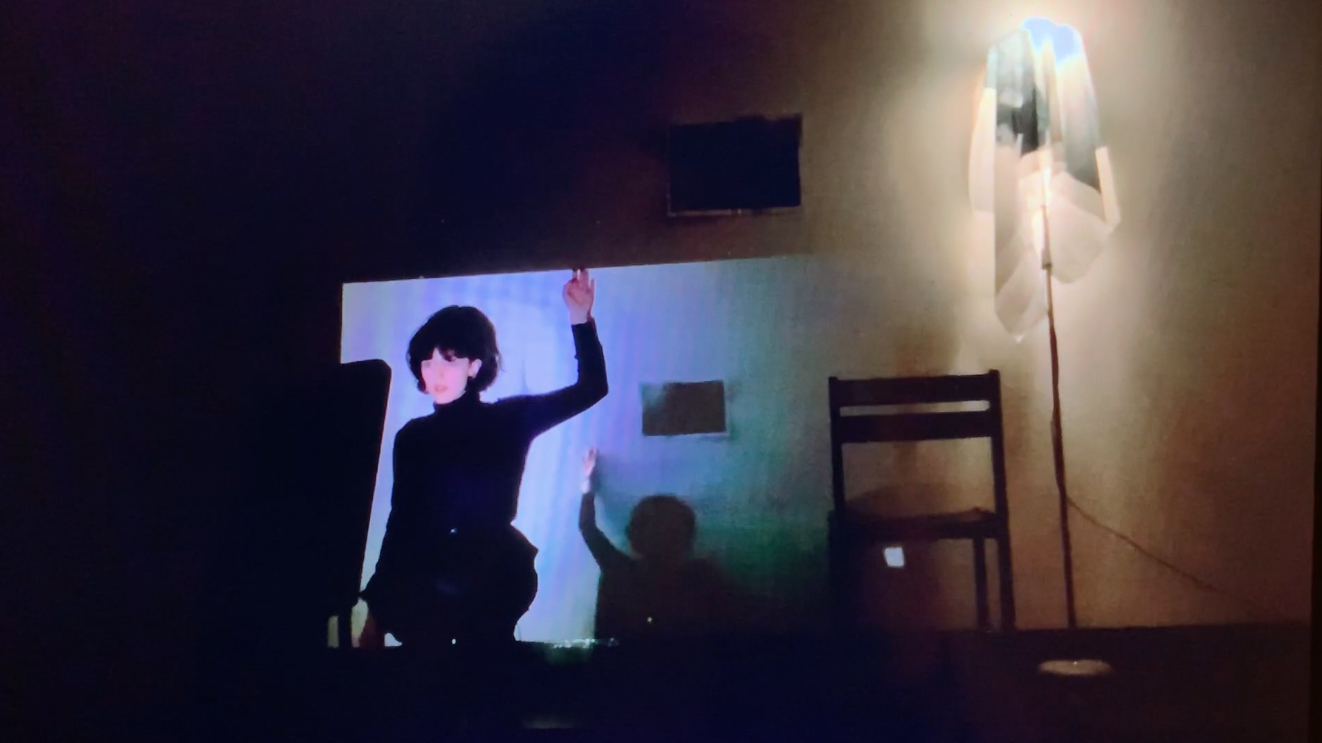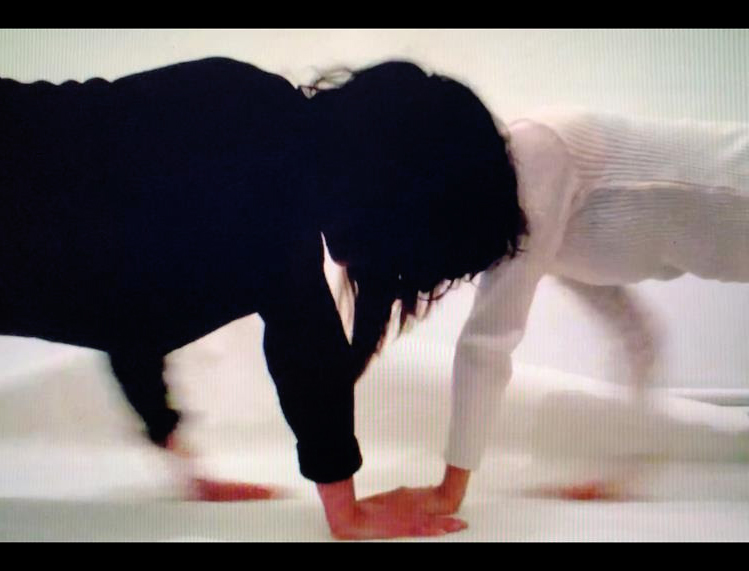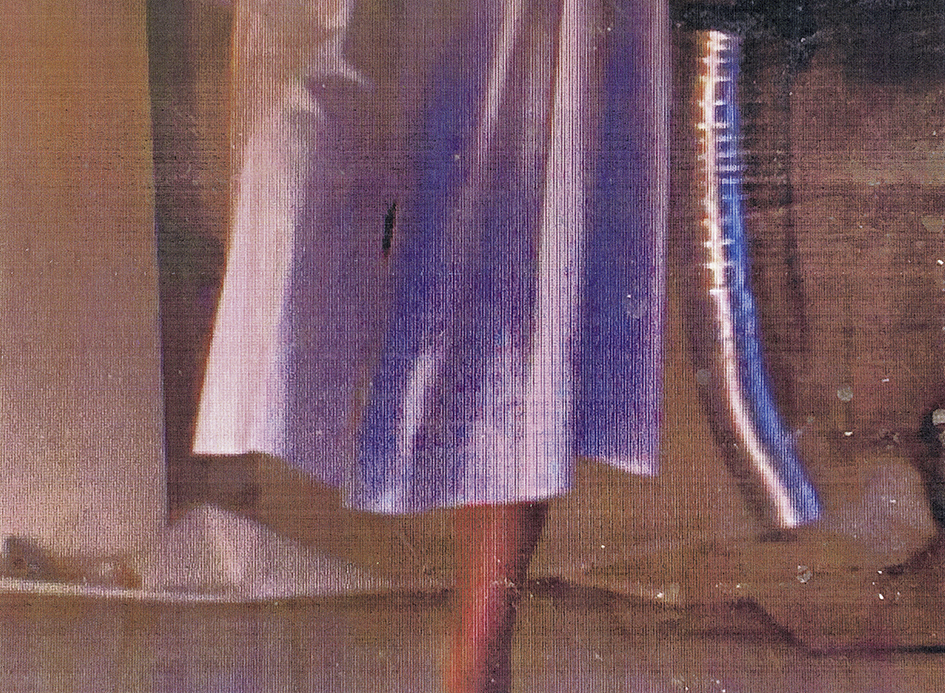one one two one two three
22/02/2022 - 23/04/2022
Zilberman | Berlin is delighted to announce the solo exhibition one one two one two three by Zeynep Kayan.
Zeynep Kayan’s solo exhibition one one two one two three comprises videos and stills presented both individually and in series. The artist has over the years often referenced dance choreographies, for example the performance Accumulation by Trisha Brown, which the choreographer described as follows: “One simple gesture is presented. This gesture is repeated until it is thoroughly integrated into my kinesthetic system. Gesture 2 is then added. Gesture 1 and 2 are repeated until they are assimilated, then gesture 3 is added. I continue adding gestures until my system can support no further additions.” The title of the exhibition is in step with this rhythm of repeat and variation: one one two one two three.
This principle becomes apparent in the work mirror I, which acts as an introduction to the exhibition. The video shows a figure with a darkly shadowed face, seated on a chair – it is the artist herself. We see the figure from the front and, behind it to the side, the same projection again, as in a mise en abyme. We look at the figure in the projection at the front as it reacts to the acoustic impulses of the chair moving backwards behind it, before also sliding its chair backwards. The movement of the figure at the back is being imitated with a time delay by the figure at the front. It is a continuous moving back and reactive catching-up of the distance. Repetition plays a central role in Zeynep Kayan’s works, or as Mika Hannula observed in discussion with the artist: “repeating forwards”, “repeating as opening something up”.
In the first room, we have a frontal view of this projection. We approach the video at the same time as both figures move backwards in an acoustic dialogue, as if retreating from the observer out of the exhibition. The first video sets the rhythm for the exhibition, a movement that draws the observer into the space and points beyond it. But we also see as observers that the space in the video behind the figure is limited. The retreating is in vain, or in Kayan’s own words: “we want to retreat but then again not too far”. Retreating, making room, opening up the space but also provoking confrontation – this leads into the theme of this exhibition. A parenthesis is opened and in the final room, where a video shows the artist behind the camera, it is closed; but here, too, the line of vision leads outside the rooms or towards us as observers: we ourselves become an object of observation.
The videos can be playful: reduced and everyday gestures and noises are used, such as pressing, gripping, tapping, often with a self-reflexive mode inherent in them. The respective sections create tension between the seen and the expected, the movement and continuation observed in the presentation. Frontal camera perspectives level the spatial depth, but the sound in turn creates an illusion of space.
Kayan’s starting material is moving images. Videos and video stills developed from them sometimes exist alongside each other, but sometimes only the video stills remain. Kayan subjects them to further processing: they are photographed from the computer screen or printed out using an old printer before being scanned in again. This leads to a reduced spatiality and puts the focus on the material condition of the surface and haptics. It becomes more difficult to access the motifs, moving as they do between figuration and abstraction.
Three black-and-white video stills photographed from the screen show the different moments of a movement: loose coils of black threads can be seen on a wall, their arrangement changing slightly from image to image. The person shown in profile – the artist herself – covers the lower section of the thread pattern with her extended right arm. In the other pictures, the right arm is no longer visible and the person’s upper body and head have receded further to the left while the left hand is now protruding increasingly into the picture. It can now also be seen that the upper ends of the threads are attached to the wall and the lower ends are coiled around the fingers of the artist’s left hand, so moving the hand alters the thread pattern. It is not possible to see if there are also threads attached to the artist’s right hand, in which case the toing and froing of the artist’s arms would change the pattern of threads rhythmically and yet with small variations. The artist is directing the image in a way that is similar to the Parcae in ancient mythology weaving the thread of life, which those affected are unable to see. In Kayan’s work, it is the boundaries of the image section that are hiding the full picture from the observer’s view. They can only reconstruct the continuity of movement from the moments captured.
Another work shows the artist and her shadow on the wall. There is a pool net, protruding into the image from the bottom edge, over her head. A motif is being captured in the literal sense of the word. The emphasised horizontal format resembles the dimensions of a cinema screen while the heavy black-and-white contrasts and shadow casts are reminiscent of Expressionist film. As with the video described at the beginning, the movement is pushing out of the image and the figure moving backwards is retreating from us, but is then stopped by the back wall barring any way out. Again like the video, the video still resembles a dream.
Zeynep Kayan systematically alters limited movement material and tries it out in consistently new variations that form part of a movement inventory and express different emotions, including also frustration, which is provoked if the movements are too complicated or the space too tight. Repetitions are often the result of wrong movements. Failure can lead to deviations and improvisation. When making fresh attempts, chance occurrences can often open up unexpected possibilities. Our every experiences are similar. It is recognition that gives rise to the inner cohesion of these works.
Zeynep Kayan (1986, Ankara) graduated from the Faculty of Communication and Design, Bilkent University, and received her MA degree in Fine Arts from MaHKU, Utrecht, The Netherlands. From September 2022, Zeynep Kayan will be an Artist in Residence at the Rijksakademie van Beeldende Kunsten, Amsterdam, The Netherlands. She is co-founder of the independent art space Torun in Ankara. Recent solo shows and presentations include: ZonaMoca Foto, (Mexico, 2022); Temporary Sameness (Zilberman Gallery, Istanbul, 2019), UNSEEN Amsterdam (Amsterdam, 2019), Constructed (Zilberman Gallery, Istanbul, 2016). Kayan's work has been shown in numerous group shows including Protocinema (Istanbul, 2021), Asian Art Museum (San Francisco, 2021), Evliyagil Museum (Ankara, 2020); Helsinki Contemporary Gallery (Helsinki, 2020); RijksOpen (Rijksakademie, Amsterdam, 2019 & Salt Galata, Istanbul, 2018); Field Meeting (New York, 2015); Rezan Has Museum (Istanbul, 2013); 1st Tbilisi Triennial (Center of Contemporary Art, Tbilisi, 2012); Istanbul Modern, Istanbul, 2011. Kayan was awarded second prize in the 2017 Kassel Dummy Book Award. The subsequent book was published by Akinabooks and launched at Unseen Amsterdam 2018.
Text: Lotte Laub
Accompanying the exhibition, a catalogue featuring an essay by Alper Turan, a conversation between Mika Hannula and Zeynep Kayan and an introduction by Lotte Laub will be published.
For further information, please contact: berlin@zilbermangallery.com
» BUNLARI DA GÖRÜN
Sanatçı Sayfaları
- Zeynep Kayan


